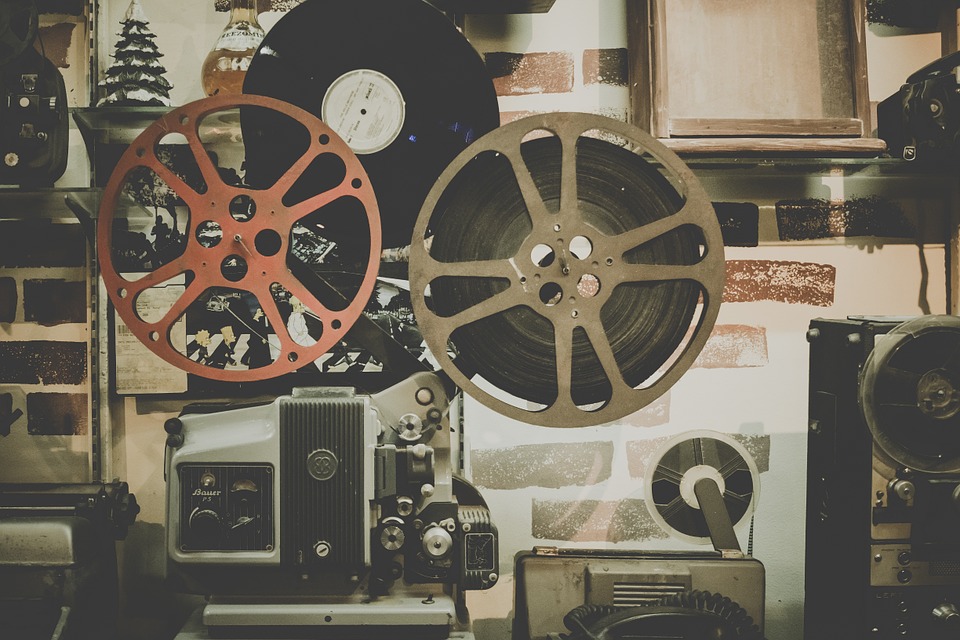Diversity and representation in media are unbelievably important. Seeing people in media who reflect our own lived experience and personalities is vital in affirming our sense of self and allowing us to celebrate our differences and not feel bound to one way of being.
This is especially important for minorities such as people of colour, LGBT people, and disabled people. These groups exist in a society whose cultural context is largely informed and influenced by a history of discrimination and othering against them.
A cultural context such as this is evident through the patterns that emerge when examining the portrayals and themes of films and other media.
Film culture throughout history has centred around heteronormative themes with cisgender, white and able-bodied leading characters. This monolithic representation sets this collection of attributes as the default narrative, meaning the road to progress is slow and often in conflict with the sensibilities of audiences of these demographics.
There have been many strides when it comes to representation of people of colour in film. Marvel’s Black Panther comes to mind, a film which showcases a society autonomously ruled and maintained by strong, three-dimensional black characters. Individuals in this film are free from systemic oppression on account of their race, and their culture thrives unburdened by white supremacy.
The inclusion of such a vast array of black characters exemplifies the rise (though by no means enough) of inclusion and diversity in the film industry, as an example of a film of mostly non-white characters feeling ‘safe’ enough to ensure profits for a huge corporation.
LGBTQ representation is not so clear cut. Although today you can readily see portrayals of gay and lesbian (the latter less so) characters and stories, these narratives are almost exclusively constrained to cisgender white men and women, reinforcing the same dynamics at play before.
Bisexual erasure is a prevalent theme in film. Even when characters are observed to have heterosexual romantic and sexual feelings as well as homosexual ones, the presence of the latter is taken to identify the person in question as gay or a lesbian. An example of this would be Sol from the hit show Grace and Frankie.
There is also a long history of transgender people being mocked and dehumanised in movies. Many films from the early 2000s to the present perpetuate the trope that trans women’s existence is a kind of deception, whereby a man who falls for or has sex with a trans woman must now be homosexual. Trans people, trans women in particular, are very frequently played for laughs and spectacled for their biology, with a theme of ‘bodyshock’ being used to ridicule and invoke feelings of discomfort amongst audiences.
The diversity of trans actors in films is no better. Recently, there was public uproar over the casting of Scarlett Johannsen, a cis woman, as a trans character. It was argued that while actors are meant to play roles that are challenging and outside of their own life. However, the decision to cast a cisgender woman in a role that could have increased the transgender diversity in the film industry shows a lack of integrity towards the very story at hand.
Then comes the issue of queerbaiting. Queerbaiting is the idea of alluding to the existence of LGBTQ characters and themes within a work for the positive response you will induce in the audience, without actually sustaining this in the narrative or making it definitive. A prime example of this is Lefou from 2017’s live action remake of Beauty in the Beast, who was advertised as Disney’s first openly gay character. How did they convey this in the film? It was when Lefou danced with another man for less than two seconds.
This scene offered no affirmative acknowledgment that this character was in fact gay, instead showing how queer representation was promised due to the feelings it effects in concept, rather than the social benefits it produces in practice.
This is the vacuous way in which most artists and corporations choose to approach representation: harbouring the aesthetics of progressivism without actually doing the work and ensuring the widest audience possible.

